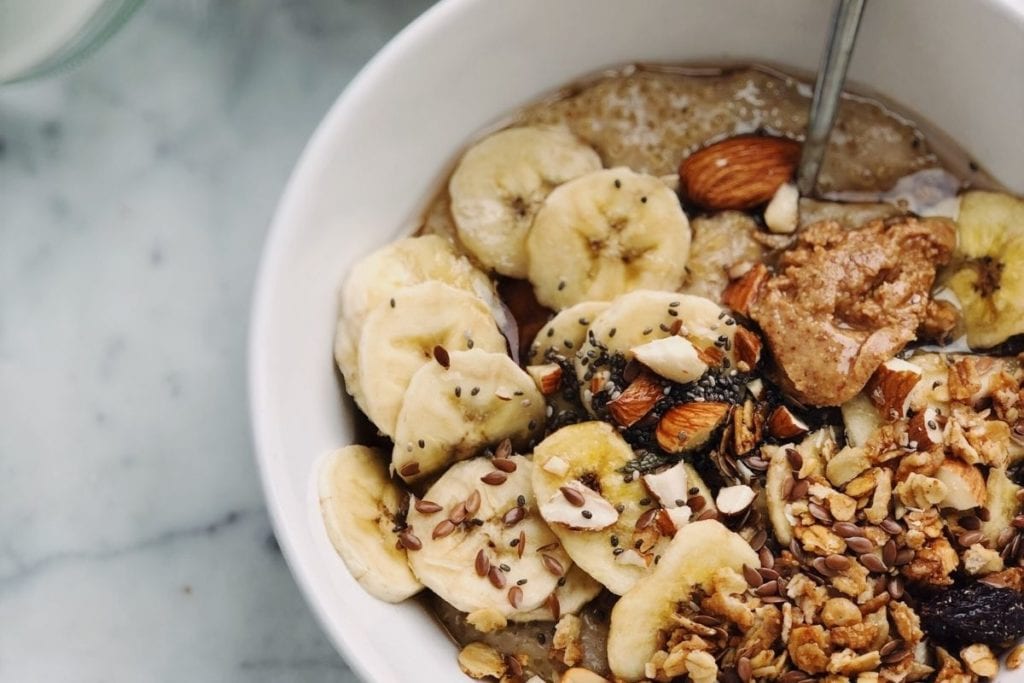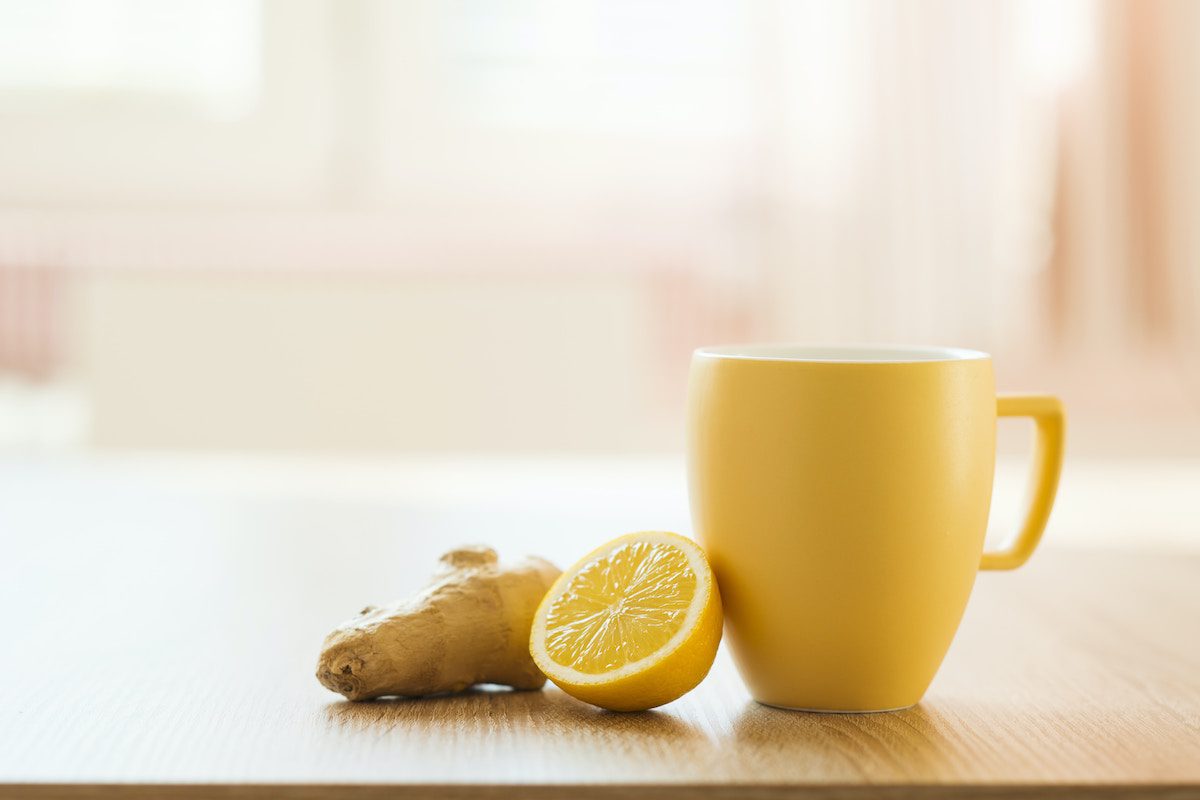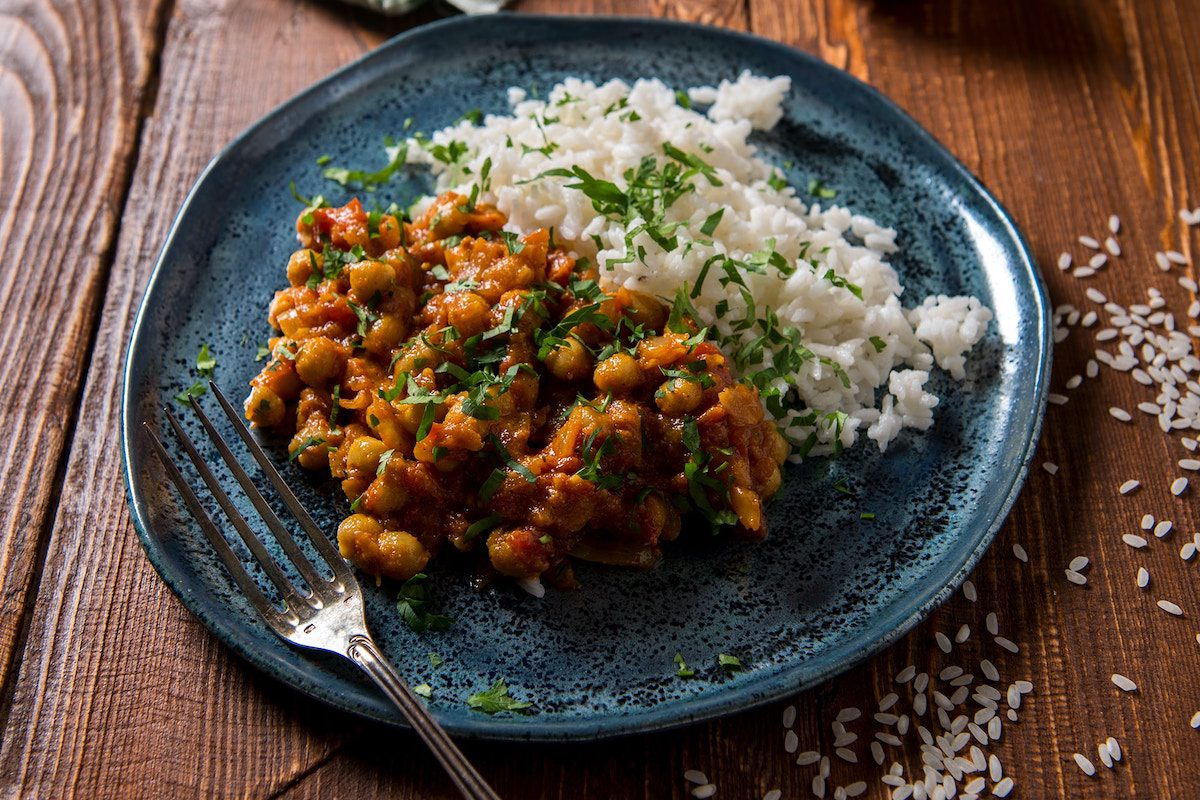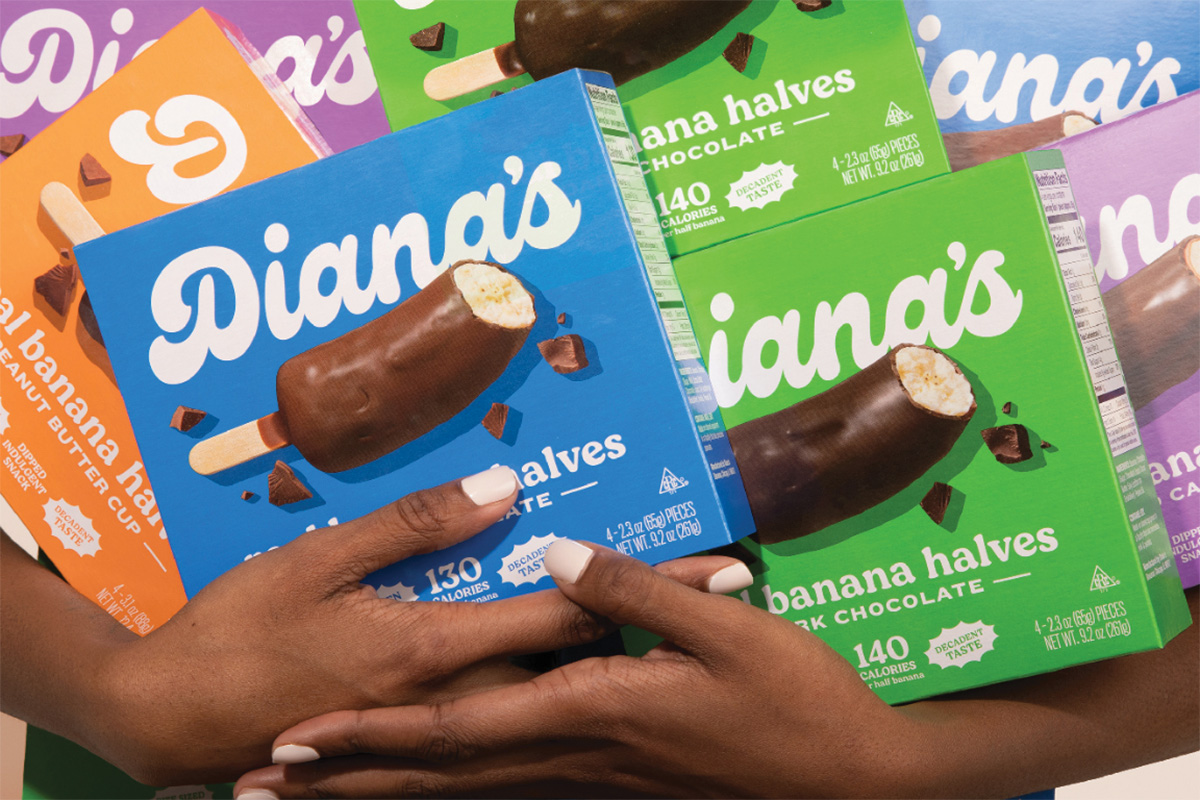What Are Sprouted Foods?
Health trends. We’ve seen a lot. Adaptogens, homemade oat milk, pili nuts. You name it and we’ve probably covered it, which is why it’s time to cover the latest trend on our radar—sprouted foods.
Wondering what sprout foods even are? Don’t worry—from sprouted grains to sprouted nuts, we’ve got you covered. Here is everything you need to know about sprouting and sprouted foods.

What is sprouting?
Sprouting is the process of submerging grains, legumes, nuts and seeds in water and allowing them to soak for 12-24 hours. Lisa Richards, nutritionist and author of The Candida Diet, says we do this until the food literally starts to sprout. You will know once the food was sprouted when you see a tail-like protrusion.
By soaking these foods in water for prolonged periods of time, we are creating ideal conditions that are just right for these foods to become an entire plant. When we soak these foods, we are essentially initiating the growing process and telling the nutrients to wake up. It’s time to go, I mean, grow!
The benefits of sprouts
By incorporating the process of sprouting, we can potentially increase the nutritional value of certain foods. Eating foods like raw nuts and seeds are a more mindful option than other foods, but eating sprouted nuts or sprouted seeds can help increase nutritional value. Richards explains further:
“Eating [sprouted foods] on a regular basis can benefit eyesight, boost blood circulation, help with weight loss efforts and improve the immune system. This is a result of certain vitamins and minerals being enhanced through the sprouting process. For instance, vitamin D is higher in [sprouted foods], which is a fat soluble vitamin important for reducing signs of aging and immune health.”
Another one of the main reasons people choose to sprout their foods is to enhance the foods’ digestibility and reduce antinutrients including phytic acid, phytates and lectins.
“Anti-nutrients are naturally occurring nutrients in some plants that can block the absorption of important minerals and vitamins. This can lead to serious health issues and deficiencies,” Richards elaborates.
If foods like grains, legumes, nuts and seeds are already teeming with beneficial nutrients, and even more so by sprouting, we want to ensure our body is getting the maximum amount of nutrients it can absorb. That means eliminating antinutrients.
Bottom line: Sprouting unlocks additional nutrients, increases the body’s absorption of these benefits and reduces antinutrients, ultimately making these foods more bioavailable and easier for the body to digest.
Sprouted foods
Most people may be familiar with sprouted nuts, which may leave you wondering, “What other foods can I sprout?” Here is a list of popular foods that can be sprouted:
- Nuts like almonds, cashews and walnuts
- Pulses including beans, chickpeas, lentils and peas
- Seeds such as chia seeds, flax seeds, hemp seeds, pumpkin seeds, quinoa and sunflower seeds
- Whole grains like barley, brown rice, corn, oats, wheat and white rice
How do I sprout foods?
Sprouting foods, like the ones listed above, is super simple. Submerge your nuts, pulses, seeds or whole grains in filtered water for 10-12 hours. (You can also include a pinch of sea salt if you would like.) Then, after 10-12 hours, drain your food and thoroughly rinse before using. That’s it! See, easy.
Add sprouted foods to dips, risottos, salads, soups and stews. You can also dehydrate sprouted grains and sprouted legumes, then grind them up to create a homemade flour alternative for baking.
Although sprouted foods can be purchased in pre-packaged products like chips and crackers, opt for whole food sources of sprouted foods. The former are often laden with additives, sodium and other questionable ingredients. They are also heavily processed, depleting them of any potential health promoting properties.
Sold on sprouting?
The process of sprouting can ultimately unlock extra nutrients while helping our bodies absorb these additional benefits. Super simple sprouting can easily be done at home with some of your favorite foods. If you’re sold on sprouting, give it a go and transform your favorite foods with an overnight soak. Happy sprouting everyone!












